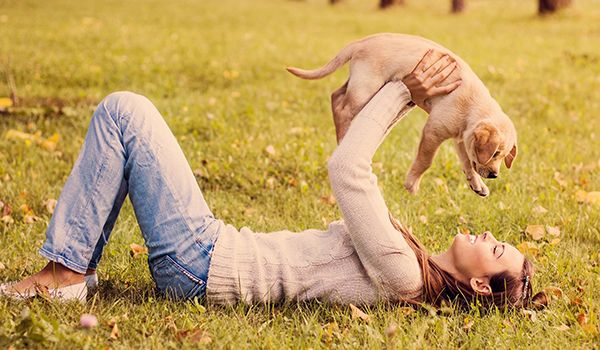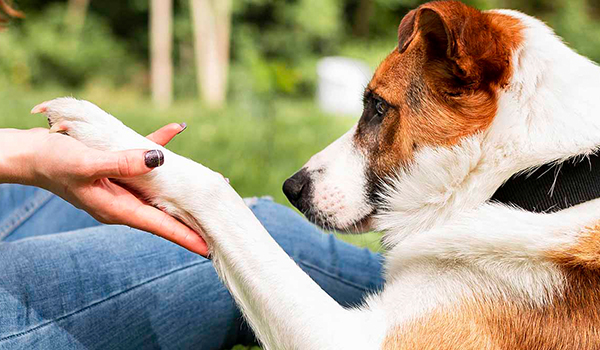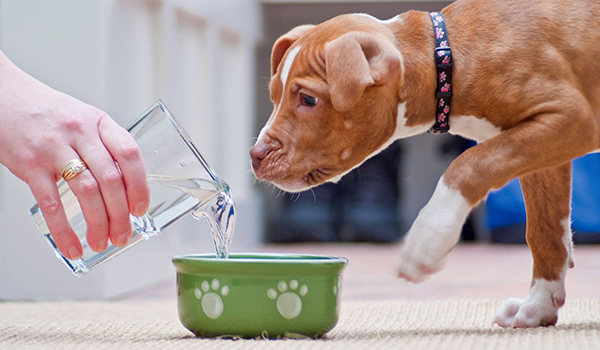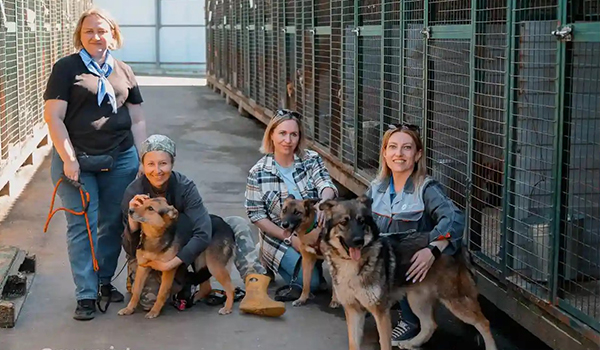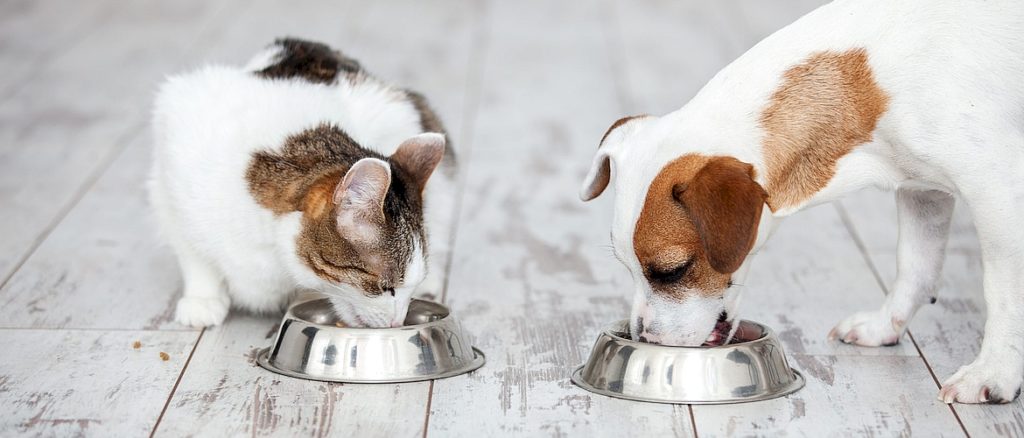
Bringing a new dog into a home with a resident cat is a thrilling step, but it can also be a source of anxiety. The image of a dog and cat living in harmony is a classic one, but it rarely happens by chance. A successful introduction requires patience, careful planning, and a commitment to moving at the pace of your most nervous pet.
Rushing the process can lead to fear, aggression, and long-term stress for both animals. By following this step-by-step guide, you can dramatically increase the chances of your new dog and resident cat becoming not just tolerant housemates, but perhaps even friends.
Before You Begin: Pre-Introduction Prep
1. Know Their Histories:
- The Dog: Does the new dog have a history with cats? A “cat-friendly” or “small animal-friendly” note from a shelter or foster is a great sign. If you’re unsure, assume they have a high prey drive and proceed with extreme caution.
- The Cat: Is your cat confident and curious, or shy and easily startled? A confident cat may adjust more easily, while a fearful cat will need more time and a slower approach.
2. Create Separate Safe Zones:
Before the dog comes home, prepare a separate sanctuary for your cat. This should be a dog-free room (like a bedroom or office) equipped with:
- All essential resources: food, water, a litter box, a tall scratching post, and a cozy bed.
- High perches and hiding spots (like a cat tree or space under a bed).
- A door that can be closed securely.
3. Scent Swapping: The First Introduction
Animals identify each other largely by smell. Start the introduction before they ever see each other.
- Step 1: Rub a clean towel or sock on your dog’s cheeks and back.
- Step 2: Place this item near your cat’s food bowl or in an area they frequent. Don’t force them to sniff it.
- Step 3: Do the same with a towel rubbed on your cat and place it near the dog’s bed or feeding area.
- Watch their reactions: A curious sniff is good. Hissing, growling, or fearful avoidance means they need more time with this step. Reward both animals with treats for calm behavior around the new scent.
The Step-by-Step Introduction Process
Phase 1: The Closed-Door Phase (Several Days to a Week)
Keep the dog and cat completely separated by a closed door. This allows them to hear and smell each other without any risk. Feed them on opposite sides of the same door so they start to associate the other’s scent with positive things (like mealtime).
Phase 2: The Visual Introduction (Using a Baby Gate or Cracked Door)
Once both animals are calm with the scent swapping, allow them to see each other without physical access.
- Use a sturdy baby gate to block the doorway to the cat’s room. Ensure the gate is high enough that the dog can’t jump over and that the cat has an easy escape route.
- Alternatively, use a doorstop to crack the door just enough for visual contact but not enough for either animal to get through.
- Keep the dog on a leash during these sessions for ultimate control.
- Keep initial sessions very short (a few minutes). Reward both animals heavily with high-value treats for calm, relaxed behavior. If either animal shows stress (hissing, growling, lunging, intense staring), end the session calmly and try again later for a shorter duration.
Phase 3: Controlled Leashed Meetings (The Big Step)
When both animals are consistently calm during visual meetings, you can proceed to a leashed introduction in a neutral, spacious room.
- Leash the Dog: Keep the dog on a secure leash, held by a calm adult. Have high-value treats ready to reward calm behavior like sitting or looking at you.
- Give the Cat an Escape: Ensure the cat has a clear path to leave the room and retreat to their safe zone. Do not hold or restrain your cat; this can make them feel trapped and increase their fear.
- Watch Body Language:
- Good signs: The dog looks at the cat and then looks away (disengagement). The cat sniffs the air and acts curious, not fearful. Both animals can be distracted with treats or toys.
- Bad signs: The dog stiffens, stares intensely, whines, or lunges. The cat hisses, arches its back, flattens its ears, or has a puffed-up tail.
- Keep it Short and Positive: End the session after a few calm minutes, before either animal shows stress.
Managing a Peaceful Coexistence
Even after successful introductions, management is key for the long term.
- Never Leave Them Unsupervised: Until you are 100% confident in their relationship (which can take months), never leave the dog and cat alone together without a barrier.
- Provide Vertical Space: Cats feel safe up high. Invest in cat trees, shelves, and perches that allow your cat to observe the dog from a safe distance.
- Ensure Resource Security: Make sure the cat’s food, water, and litter box are in locations the dog cannot access. A baby gate with a cat door is perfect for this.
- Continue Positive Associations: Periodically feed them treats or give them attention when they are in the same room and behaving calmly.
What If It’s Not Working?
Some pairs may take much longer, and some may never be best friends—and that’s okay. The goal is a peaceful coexistence, not a forced friendship.
Seek professional help from a certified force-free dog trainer or a veterinary behaviorist if:
- The dog shows intense, uncontrollable prey drive (fixated staring, whining, lunging).
- The cat is so stressed they are not eating, using the litter box, or are constantly hiding.
- Any aggression leads to a risk of injury.
Introducing a new dog to a resident cat is a test of patience. By moving slowly, using scent, and prioritizing positive associations, you are giving both of your pets the best possible foundation for a safe and harmonious life together.

